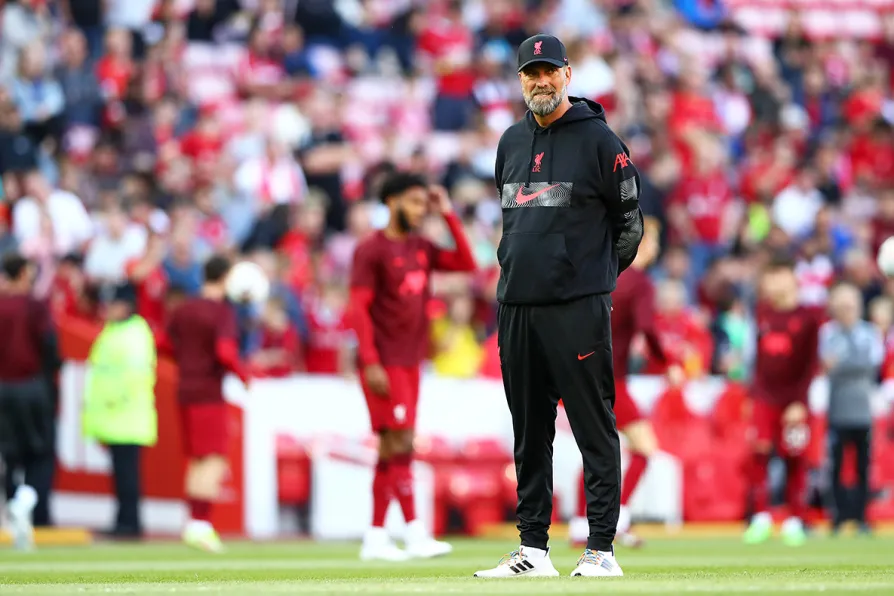Regular skipper Itoje has been named on bench for first time since 2017

 Liverpool manager Jurgen Klopp watches the warm up prior to the pre-season friendly match at Anfield, Liverpool
Liverpool manager Jurgen Klopp watches the warm up prior to the pre-season friendly match at Anfield, Liverpool
LIVERPOOL needed a defender, they signed Ibrahima Konate, one of the best young centre-backs around. Liverpool needed a wide player, they signed Luis Diaz, one of the best emerging wingers around. Liverpool needed a forward, they signed Darwin Nunez, one of the best young forwards around.
Are they missing the midfield equivalent? Increasingly, the answer seems to be yes.
Liverpool manager Jurgen Klopp has good depth in most areas on the pitch. More importantly, he has quality depth, and signings in the last three transfer windows have contributed greatly to that.
For example, at one point Diogo Jota looked like he would emerge as a nailed-on starter in Liverpool’s front three, breaking up the trio of Sadio Mane, Roberto Firmino, and Mohamed Salah.
But even with Mane sold to Bayern, the introduction of new, quality players in this area, especially Diaz and Nunez, means Jota is once again a rotation option.
Another example is in defence. Joe Gomez once looked like a long-term first-choice option alongside Virgil van Dijk, but partly due to a defensive injury crisis in the 2020/21 season, and the fact someone of Konate’s quality was available in the summer of 2021, Gomez is now part of one of the strongest centre-back depth charts in the league with the aforementioned players plus Joel Matip, and struggles to get a game. If he does it’s usually at right back.
Availability is a key aspect of Liverpool’s approach in the transfer market. They are happy to wait for the right player to become available rather than sign expensive stopgaps. If the player, or type of player, they want is not available, they will show trust in the players they have.
They might have waited too long to sign a player like Konate, with him arriving after their defensive crisis rather than before it, but who's to say another less suitable player would have made any difference during that crisis?
Klopp’s man management means this trust in his current players’ abilities and their room to improve is always evident. This in turn gives players confidence and makes them feel part of the team, even if they are not often part of the first XI.
There was trust in Alex Oxlade-Chamberlain ahead of the new campaign despite his role as a fringe player last season, and he was considered one of a number of players who could do a job in midfield.
But a hamstring injury suffered in a friendly against Crystal Palace means Oxlade-Chamberlain is now sidelined for a few months. On top of this another midfielder, Thiago, picked up an injury in the Premier League opener against Fulham and will be out for several weeks.
If Liverpool had a fully fit squad going into the close of the transfer window it would be understandable that they wait for the right midfielder to be available in January or next summer.
Oxlade-Chamberlain is in the last year of his contract, while James Milner will be 37 by the end of this season and is likely to move on. 2023 would make sense as the year of the midfield reinforcements.














